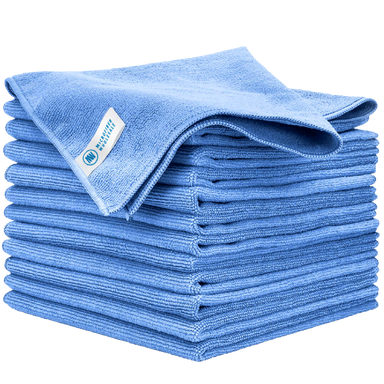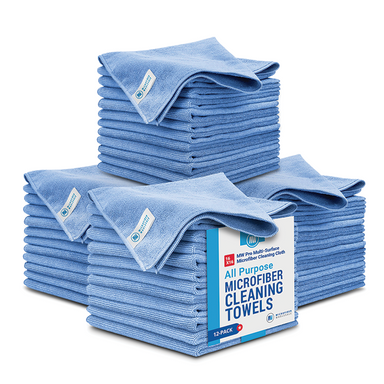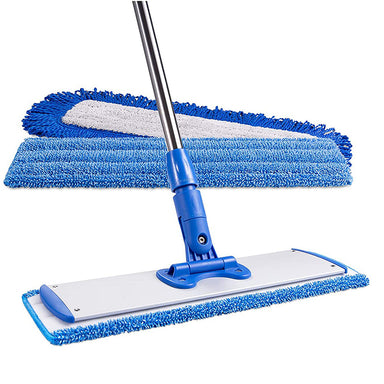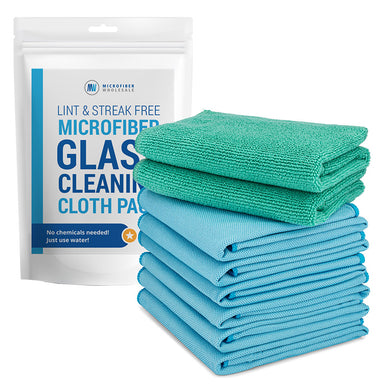1. You Use Vinegar To Clean Everything
You may be one of the many people opting for more natural cleaning products because of health and environmental reasons. So you’ve likely been using vinegar as a cleaning agent.
Vinegar contains acetic acid, which makes it an excellent cleaning solution for some soils, like dirt, grease, hard water, and even some bacteria strains. But there are some surfaces that you should avoid using vinegar on, such as stone floors, metal, grout, hardwood floors, and more, as it could damage them.
How to Clean With Vinegar
Use caution when cleaning with vinegar. It might be all-natural, but the acidic content can damage surfaces and appliances quickly. To prevent this from happening, use vinegar sparingly throughout the home, limiting it to hardy plastic, glass, and non-stone surfaces.

















